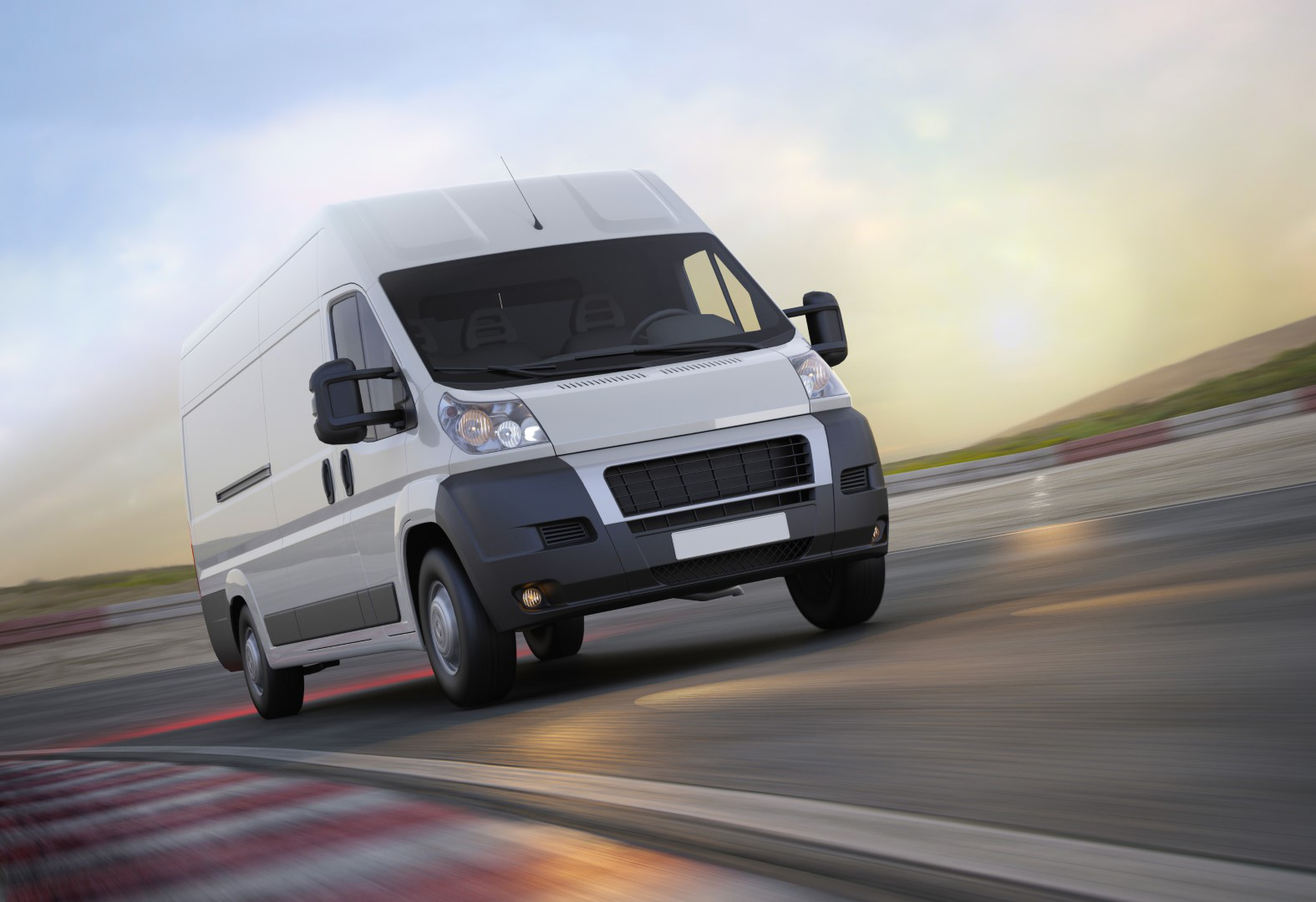
What is a CCTV drainage survey?
If you’re new to the drainage trade, you may not know that much about what a CCTV drainage survey entails. Here we give you a mini-guide around what these are.
What is it?
A CCTV drainage survey is where the condition of a drainage system is examined with a camera system, which records and reports on the condition of that drain. Due to it’s remote nature, these surveys are widely used and considered essential in reviewing most drainage systems above and below ground as it’s cost effective and safer.
Commonly used in:
- Diagnostics (if something is blocked or an obstruction exists)
- Preventative (as part of a maintenance programme)
- Inspection (before approving, signing off or handing over jobs)
- Planning (in designing new systems, or researching how existing systems work)
- As part of a jetting job to ensure that unblocking or flushing has worked effectively>
What are the different types of systems?
Push CCTV Drainage Cameras
These are pretty much what they say on the tin – the camera and LED light sits on the end of a flexible rod, and the operative guides the rod through the pipe, whilst viewing the results on a screen. These are handy when the pipe is vertical, very bendy or small.
Robotic or Crawler CCTV Drainage Cameras
If the pipe is larger (up to 2m diameter), then you can use a robotic crawler camera. These are powered with an electric motor which ‘drives’ the camera through the drain. The operator controls the camera from a specialist van. Footage is recorded in HD-quality. Wheels can often be changed to deal with different terrains, and most come with rotating cameras, zooms etc to view the pipe at every angle.
What kind of data can a CCTV drainage survey report on?
- Lengths, flow directions and rates of pipes (advance techniques can help in creation of 3D maps)
- Location, orientation and system of pipes
- Location, orientation and system of manhole covers, surface drains
- Where any defects or blockages are
- Pipe falls (measurement of gradient of pipe)
- Topographical and GPS surveys (specialist surveys may be required to produce these)
Reporting
The results of a survey are often reported in an online document, sometimes with video evidence. There is bespoke software out there to allow drainage reports to be compiled quickly. They present information in an easy-to-access way, with clear costs.